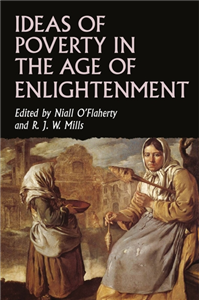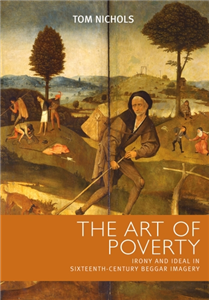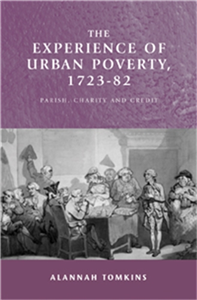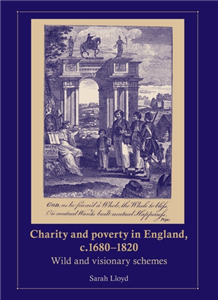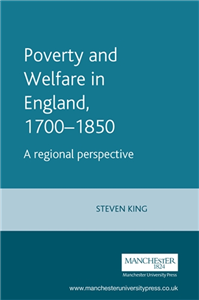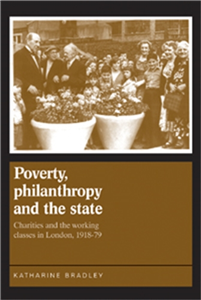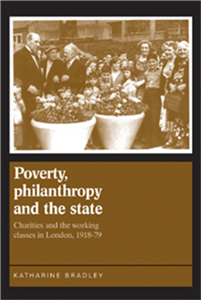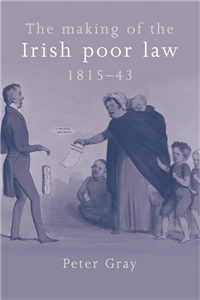In Anne-Marie Jungwirths "Blessed & Broken" dreht sich alles um Livia, eine junge Frau mit einer besonderen Gabe, die es ihr ermöglicht, durch Klang und Schall Materie zu bewegen. Diese seltene Fähigkeit, die in ihrem Königreich Palente nur wenigen Frauen zuteilwird, bringt Livia jedoch in eine prekäre Lage, da ihr Vater die Nutzung dieser Kraft verbietet. Der Grund dafür ist tragisch: Ihre Mutter kam aufgrund dieser Gabe ums Leben. Als ihre Familie in Not gerät – der Vater verliert seine Bürgerrechte und Livias schwangere Schwester benötigt dringend eine Mitgift –, sieht Livia keine andere Wahl, als einen gefährlichen Pakt mit dem attraktiven Kriegsherrn Cristan einzugehen. Dieser Handel könnte die Rettung ihrer Familie bedeuten, doch er stellt Livias Prinzipien und ihre bisherige Lebensweise infrage.
"Blessed & Broken" entführt die Leser in eine Welt voller Magie, in der Livia sich zwischen der Pflicht gegenüber ihrer Familie und dem Verbot ihres Vaters hin- und hergerissen fühlt. Ihre Entscheidung, sich Cristan anzuschließen, bringt sie nicht nur auf das Schlachtfeld, sondern zwingt sie auch, sich ihrer Gabe und deren Konsequenzen zu stellen. Im Verlauf der Geschichte entwickelt sich Livia zu einer mutigen und starken Protagonistin, die für ihre Ziele kämpft und dabei nie ihre Familie aus den Augen verliert. Die Romanze zwischen ihr und Cristan entwickelt sich langsam und ist geprägt von gegenseitigem Respekt und wachsendem Vertrauen, auch wenn diese Beziehung ihre Höhen und Tiefen hat. "Blessed & Broken" ist somit eine fesselnde Mischung aus Fantasy und Romantik, die die Leser mit ihrem einzigartigen Magiesystem und der starken Charakterentwicklung begeistert.
Erlebe eine Welt, in der Frauen durch Klang und Schall Materie beherrschen können, eine seltene und faszinierende Gabe, die "Segnung" genannt wird.
Begleite Livia, eine mutige und entschlossene junge Frau, die trotz familiärer Verbote und persönlicher Risiken ihre außergewöhnliche Gabe einsetzt, um ihre Familie zu retten.
Spannung und Intrigen erwarten dich, als Livia einen Pakt mit dem attraktiven und mächtigen Kriegsherrn Cristan eingeht, der ihre Welt auf den Kopf stellt.
Verfolge die sich langsam entwickelnde und komplexe romantische Beziehung zwischen Livia und Cristan, geprägt von gegenseitigem Respekt, Vertrauen und unerwarteten Gefühlen.
Lass dich in das Königreich Palente entführen, eine atemberaubende Fantasy-Welt voller Magie, Geheimnisse und einer tiefgreifenden Geschichte, die durch einen detailreichen und bildgewaltigen Schreibstil zum Leben erweckt wird.
Epische Schlachten und mutige Entscheidungen: Sei dabei, wenn Livia an der Seite Cristans in epische Schlachten zieht und dabei ihre eigene Kraft und ihren Mut entdeckt.
Einzelband mit Suchtpotenzial: Genieße eine abgeschlossene Geschichte voller Spannung, Magie und Romantik, die dich von der ersten bis zur letzten Seite fesseln wird.


